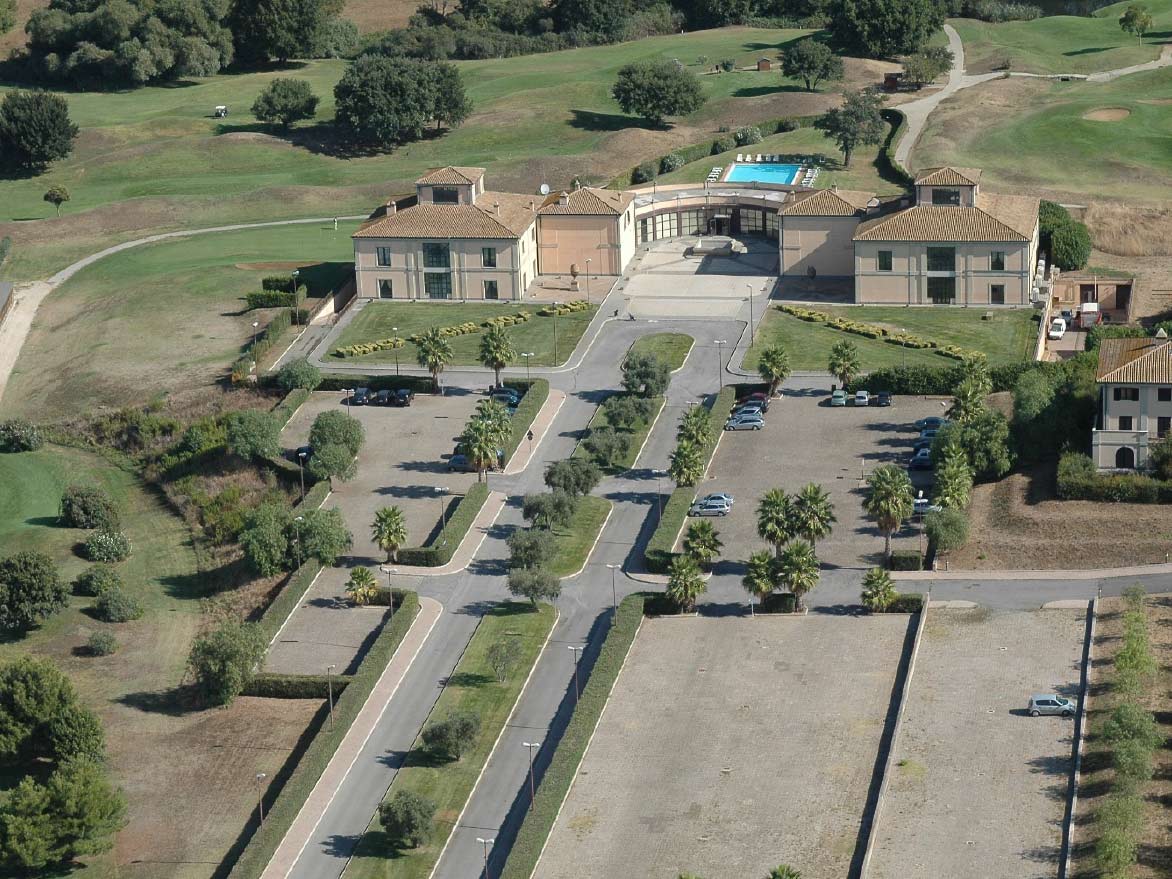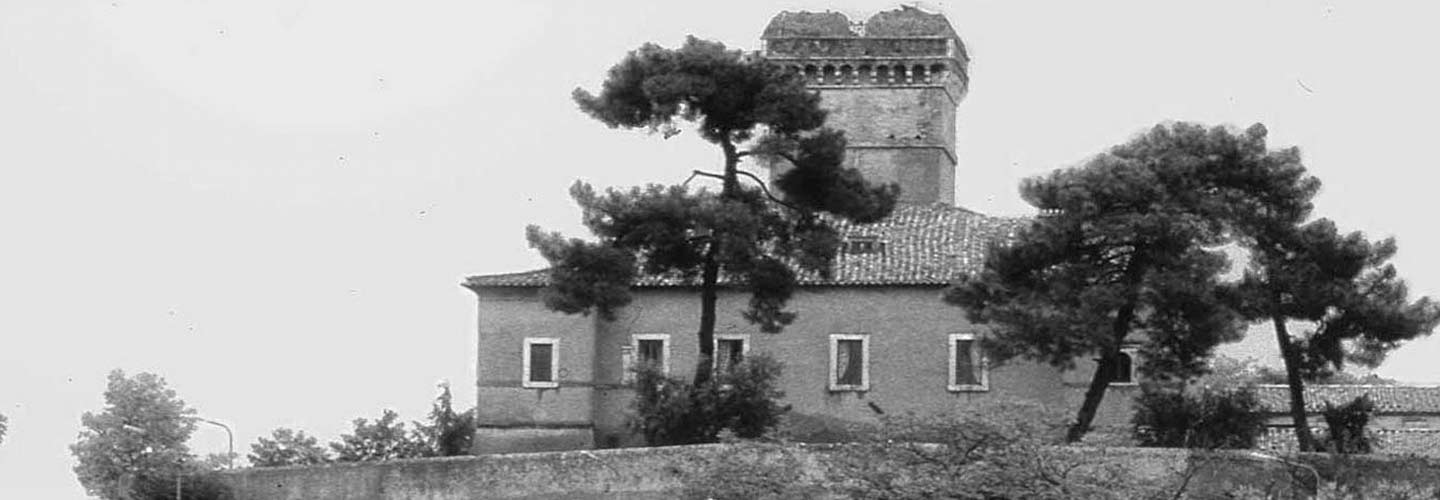
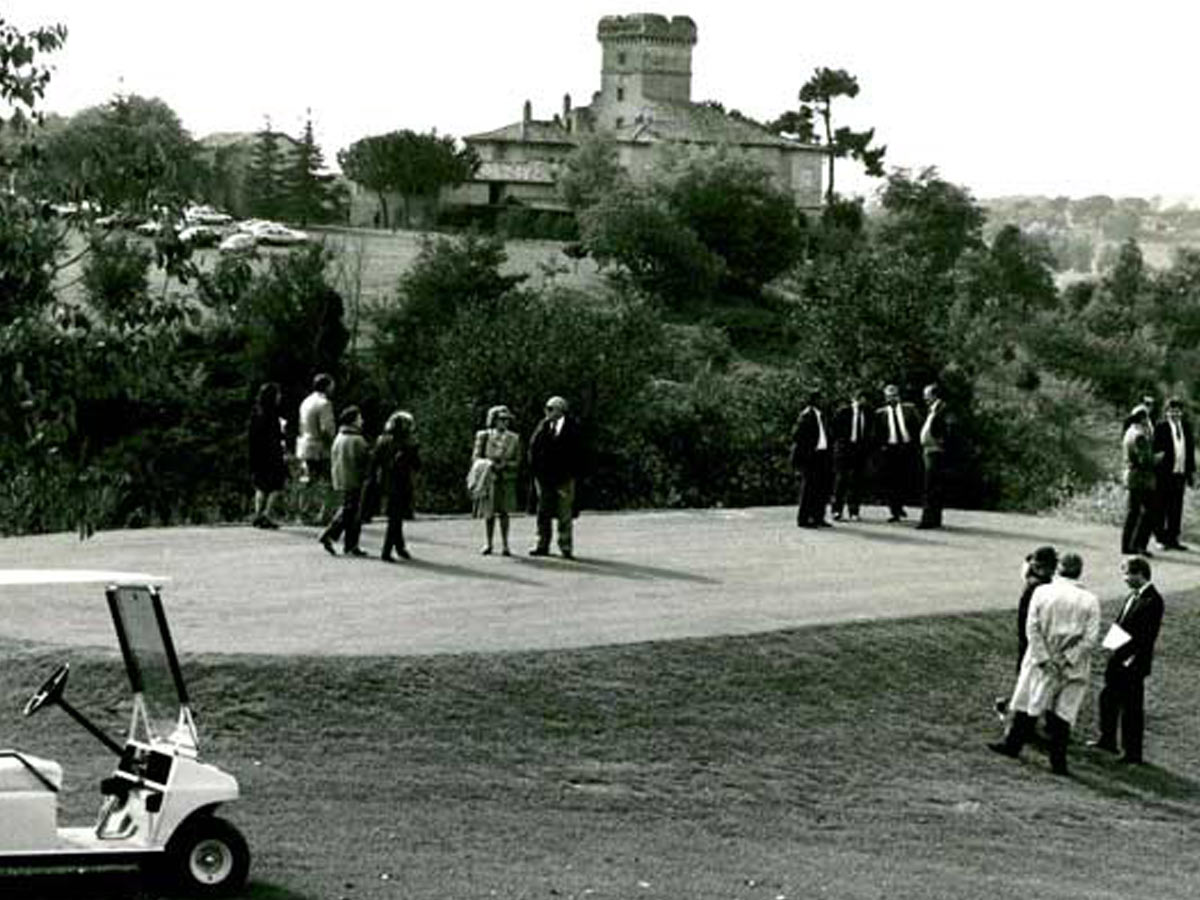
LAURA BIAGIOTTI AND MARCO SIMONE’S CASTLE
Gloomy at first, with an austere spirit, proud of his patrician and peasant past, marked by age and tempered by vicissitudes, full of countless experiences and melancholic charm of those who lived the best times. She, a talented and successful woman, strong and sweet at the same time, full of creative imagination, enthusiasm, and determination to achieve. It was the moment for her, to lay the foundations for something solid and lasting.
With these premises, between Laura Biagiotti and Marco Simone’s castle, a unique love story began; it was striking “coup de foudre.”
“The restoration of Marco Simone’s castle” used to say Laura Biagiotti “was like a madness that took me and that I followed gently. It was a pivotal choice in my life at 35 years: living and working in the countryside, taking personal and professional commitments, coupled with my passion for antiques and the research of costume, all in a single container as the theater of everyday life and fashion” That house was waiting for me” told Laura” maybe the fate made me take the big step. I noticed the house every time I went in the area for work. I felt this abandoned place was not indifferent to me. I believe the “genius loci” of this ancient castle involved me; I could not bear the sight of its ancient mansion house that had fallen into disrepair. ” In fact, the work that Laura and her husband Gianni Cigna engaged in, was truly remarkable: the restoration was carried out in collaboration with the Fine Arts making Marco Simone Castle a national monument.
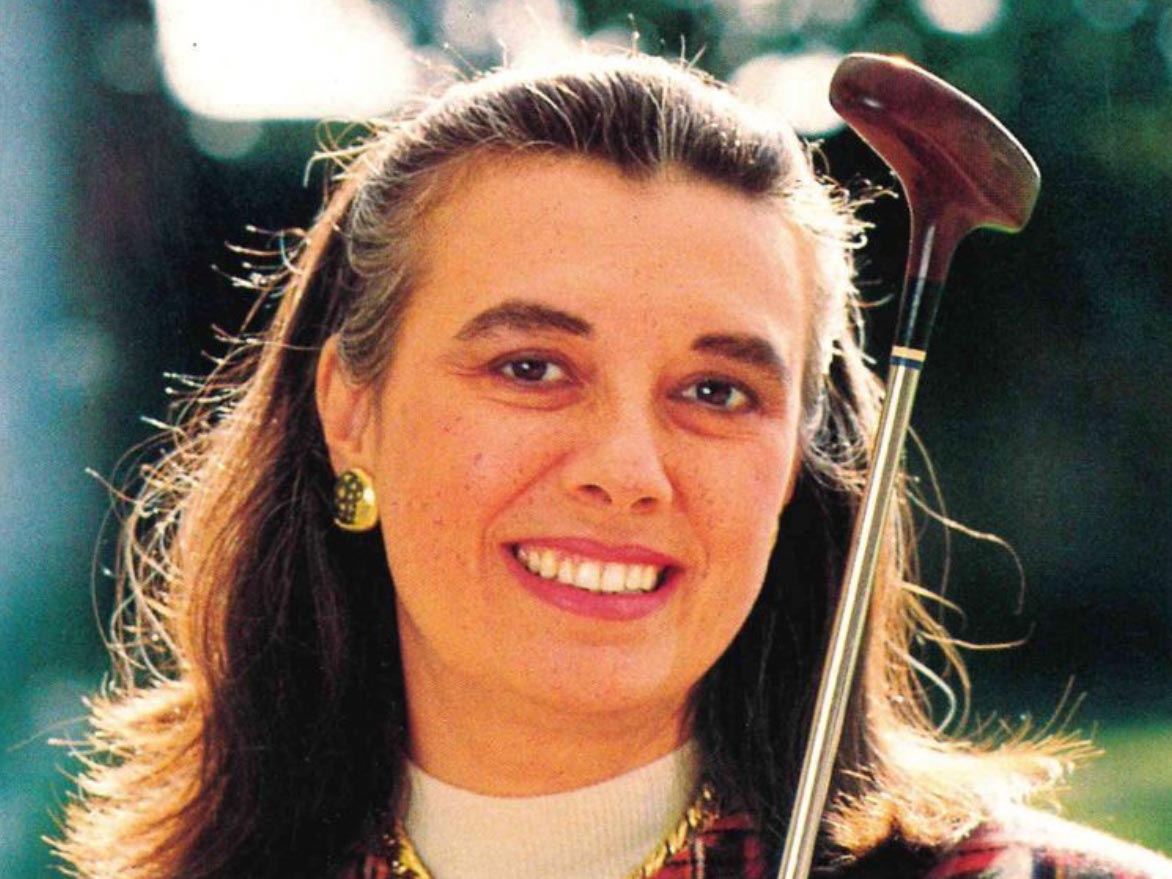
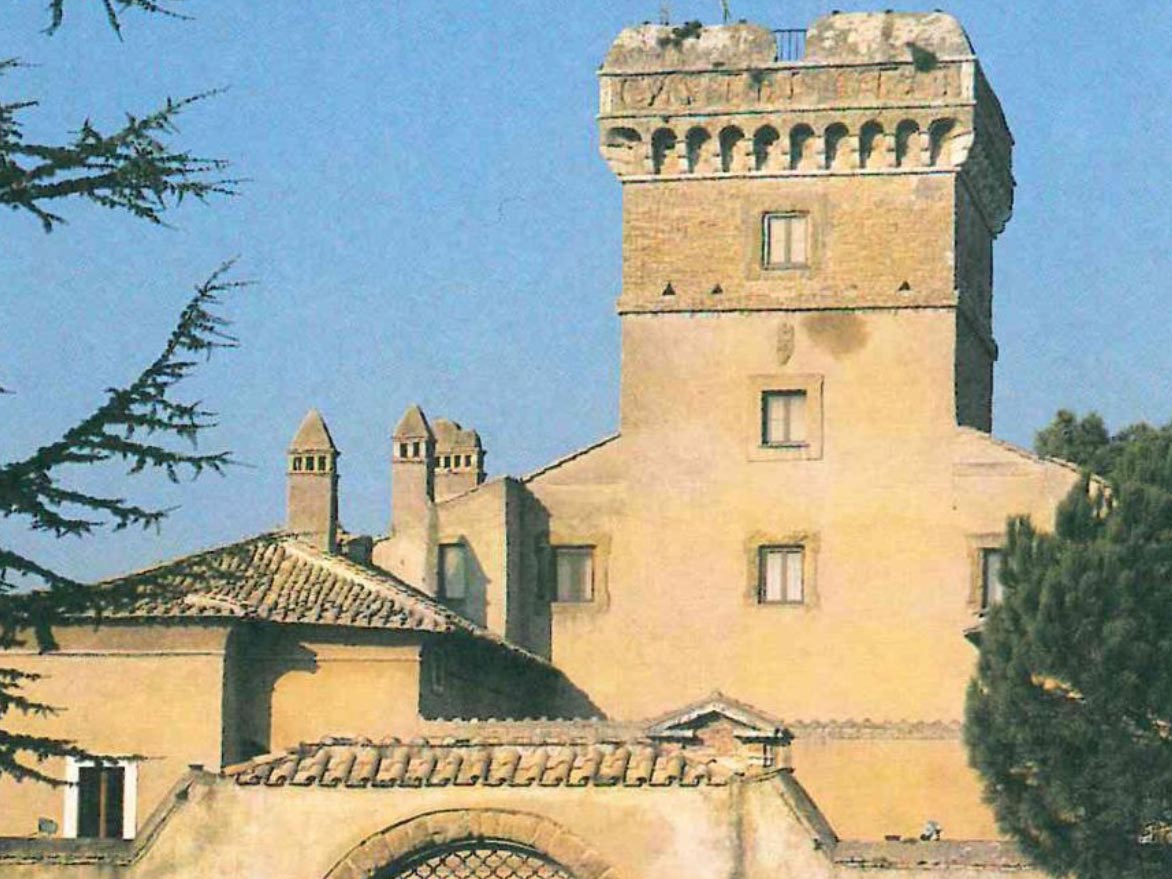
MARCO SIMONE AND LAURA BIAGIOTTIA LOVE STORY
“Marco Simone” is one of the many sites of the Roman countryside whose past can be read just like in a book.
In the basement of the castle, fossils make the visitor’s imagination run after the prehistoric animals that passed through this area three hundred thousand years ago. Columns, inscriptions, and other findings attest the presence of a magnificent villa that in the early centuries of the Empire made the Agro Romano a suburb of ancient Rome. From medieval documents, it appears that the area was part of the vast territory of S. Onesto’s castle. Only in the 14th century, the typical rural building of the Roman countryside appeared on this hill: a tower with its enclosed space and some minor houses. The name of his tenant, “Pietro Sassone” was exposed on the tower.
In 1457, St. Paul sold the property to a Roman nobleman, Simone dei Tebaldi. Simone, followed by his son Marco di Simone, made the first remarkable transformation. Three areas of typical fifteenth-century architecture then surrounded the old tower. Two of them were equipped with a noble floor with two loggias decorated with elegant frescoes that express an elaborate culture. This property is now the best-preserved example of a fifteenth-century palace in the Agro Roman area.
When Marco Simone died, the fund experienced a period of contrasts and divisions. Starting from 1545, Cardinal Federico Cesi began to restructure it. Under his great-grandson Federico Cesi I, Duke of Acquasparta, a profound restructuring took place; he placed the name in large marble letters at the top of the “Castel Cesi” tower and gave the property the appearance of a fortified palace. This transformation involves the closing of the loggias, the redecoration of the halls with sixteenth-century frescoes representing mythological scenes. The tower became a dovecote, and the name of Duke Cesi I° is placed on each architrave.
Cesi’s successors no longer lived in the castle, and when the Borghese family bought it in 1678, malaria was putting to an end “the experience” of the noble country-side houses. “Marco Simone” becomes an agricultural center of a large estate. Tebaldi’s elegant fifteenth-century chapel is transformed into a barn. The Brancaccio family, who bought the property at the end of the nineteenth century, tried to restore it with a certain prestige but made the frescoes disappear adding new paintings. After the Second World War, the castle was gradually abandoned and damaged until Laura Biagiotti’s purchase and complete restoration.
